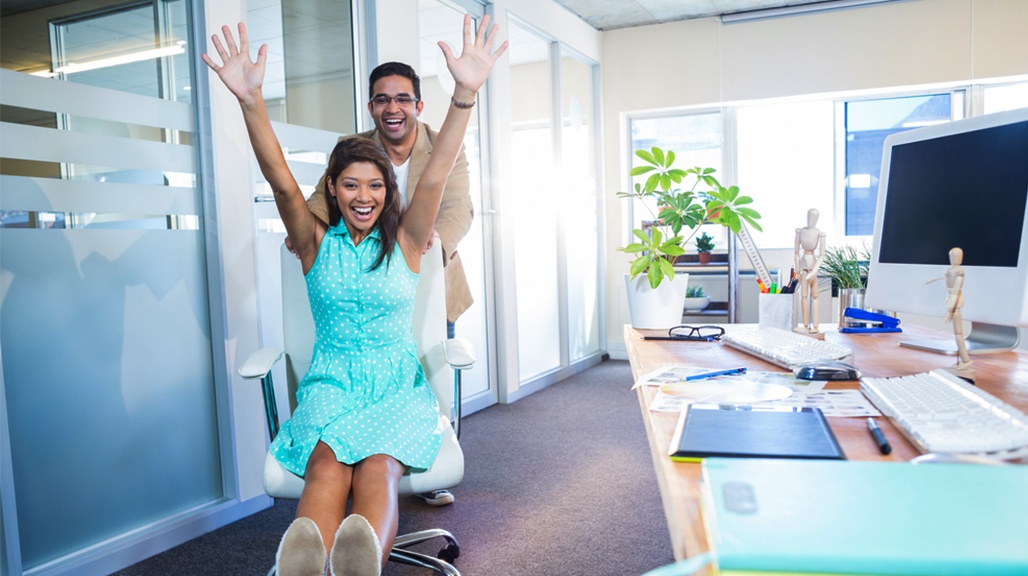Unmotivated Staff? – 5 Design Tips To Increase Productivity
 Contributed by
Amy Picanço
October 25, 2016
Contributed by
Amy Picanço
October 25, 2016

Your space forms the basis and structure for how your staff operates.
If properly planned, your working environment can help open up new arenas for communication and collaboration, consequently increasing employee productivity and engagement. If planned badly, it can consume time and energy, prompting frustrations and negativity. This in turn leads to unmotivated staff, and will eventually have an undesirable impact on staff turnover.
But what makes a well-designed office? We have put together a few design tips to get you on the right track to creating a better office environment and increase productivity:
1. Understand Your Space.
What is enough space? How much space does each of your staff require to get their job done?
This relates to more than just the size of the desk. Different roles often require different amounts of desk space or storage space, and this thought needs to go beyond just the size of desks.
Imagine the last time you were pushing your way through a crowded shop – you certainly do not want ‘congestion’ to build up in the busy areas of the office. Employees do not like bumping into each other every time they get up for a cup of tea!
So understand what enough space is for the amount of people in the office. Plan the desks and corridors so people can move freely whilst still being able to interact and collaborate easily.
2. Consider Employee Comfort.
Furniture does more than just contribute to the office aesthetics. The most important purchase item of all is of course: the chair! Having an ill-designed chair can leave your employees with discomfort and back pain, both of which will severely disrupt their productivity. So if you are to take away only one point from this post then let it be this: Invest in good ergonomic chairs!
Everyone has slightly different feelings about what is and what is not comfortable so make sure that you try out several options. Most good suppliers will lend you sample pieces so that you can spend a day or two in the chair before making your bulk order. This is the ultimate test of comfort and I highly recommend all my clients to do this!
3. Utilise Natural Light.
We spend a huge share of our waking hours indoors at our workstations, often far away from windows or natural light. (In fact I have seen a large number of offices here in Singapore with no windows at all!) Sunlight is proven to impact our mood and fatigue, thus affecting our productivity. So if you are one of the lucky ones with access to natural light then make it work for you!
Enhance the presence of natural light by designing large open spaces and not blocking the windows with meeting rooms and offices. Let everyone benefit from – and enjoy – the light!
4. Showcase Your Brand.
Branding is just not limited to your website and business cards; it should follow all the way through to the design of the office. Your office should incorporate more than just your logo; it should be a space that immediately evokes a connection with your business brand and consequently its culture.
So flaunt your business identity and focus on your key identifying factors – be it colours, patterns, or graphic mottos.
5. Be Original.
Breakout spaces, pantries, or collaboration areas are your chance to do something different. These spaces allow you to break free of the monotonous rows of desks. They are the areas that will give your office a dynamic and original look. These environments should foster inspiration and ‘out of the box’ thinking. They should allow your staff to feel free and comfortable to have an informal chat or speak their mind. There is nothing better than a change of scenery to break communication barriers and enhance collaborative thinking.










Sorry, the comment form is closed at this time.